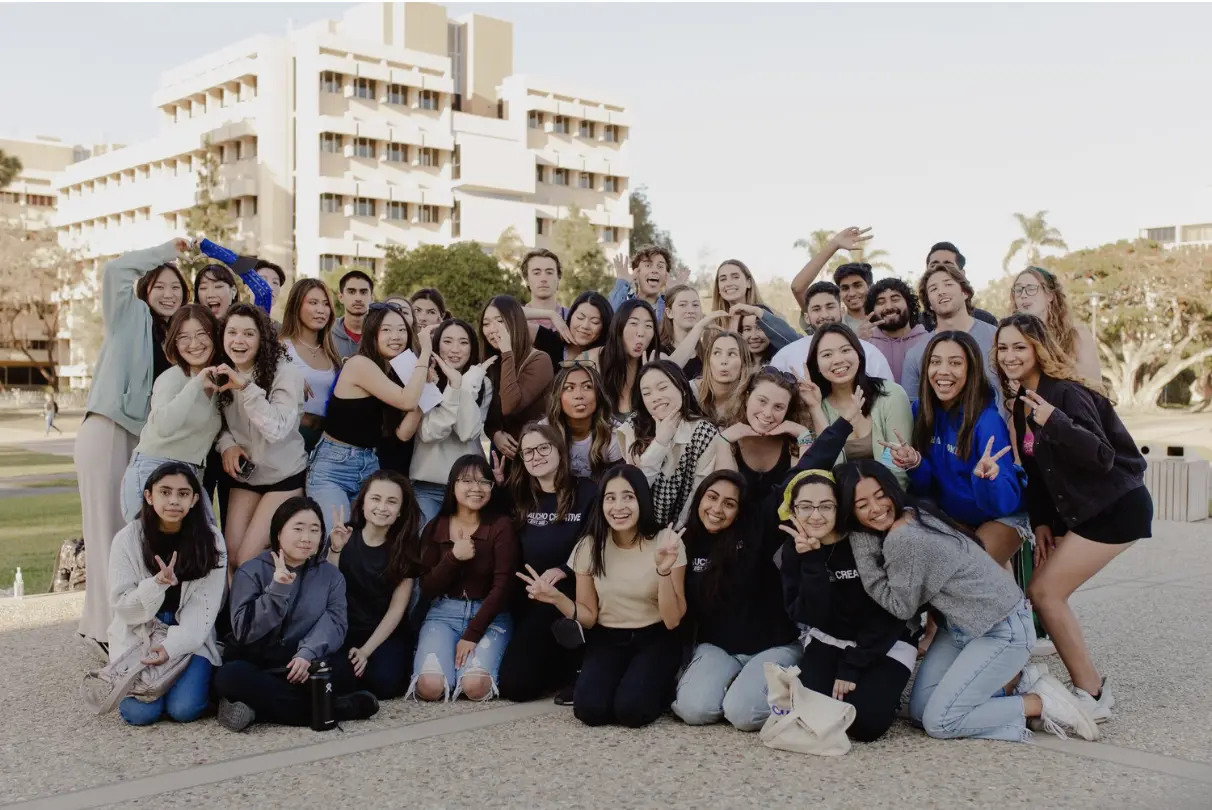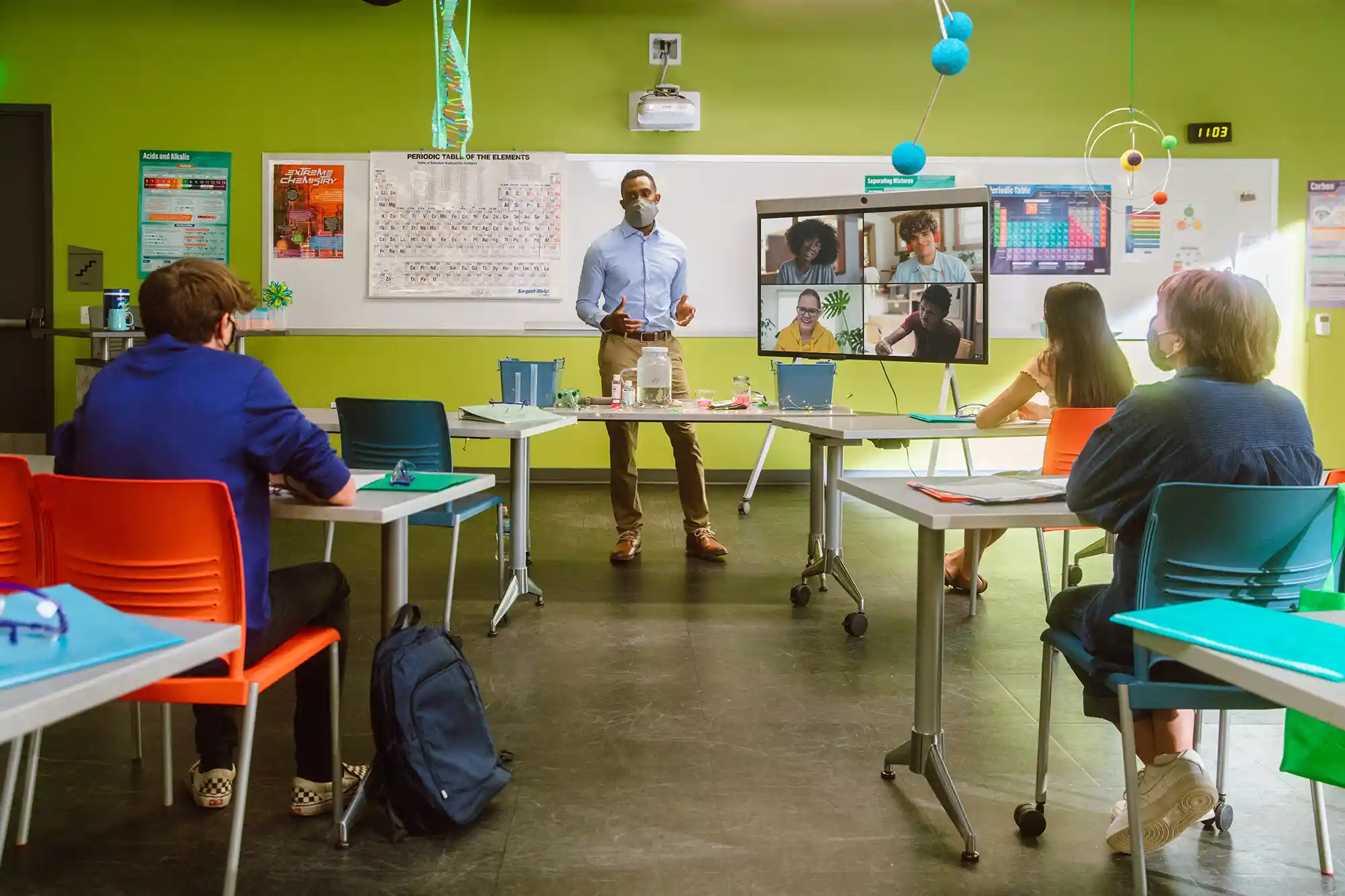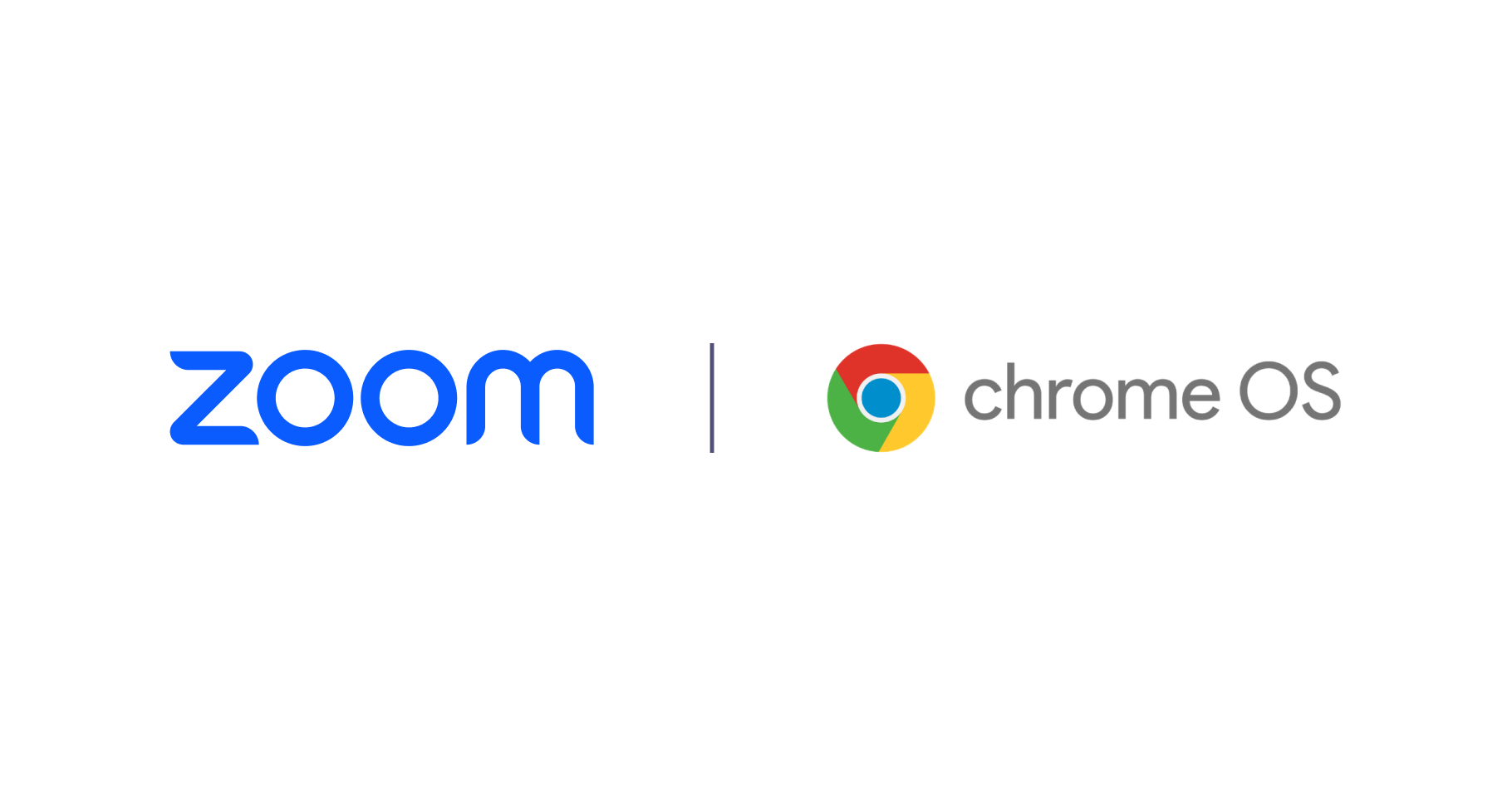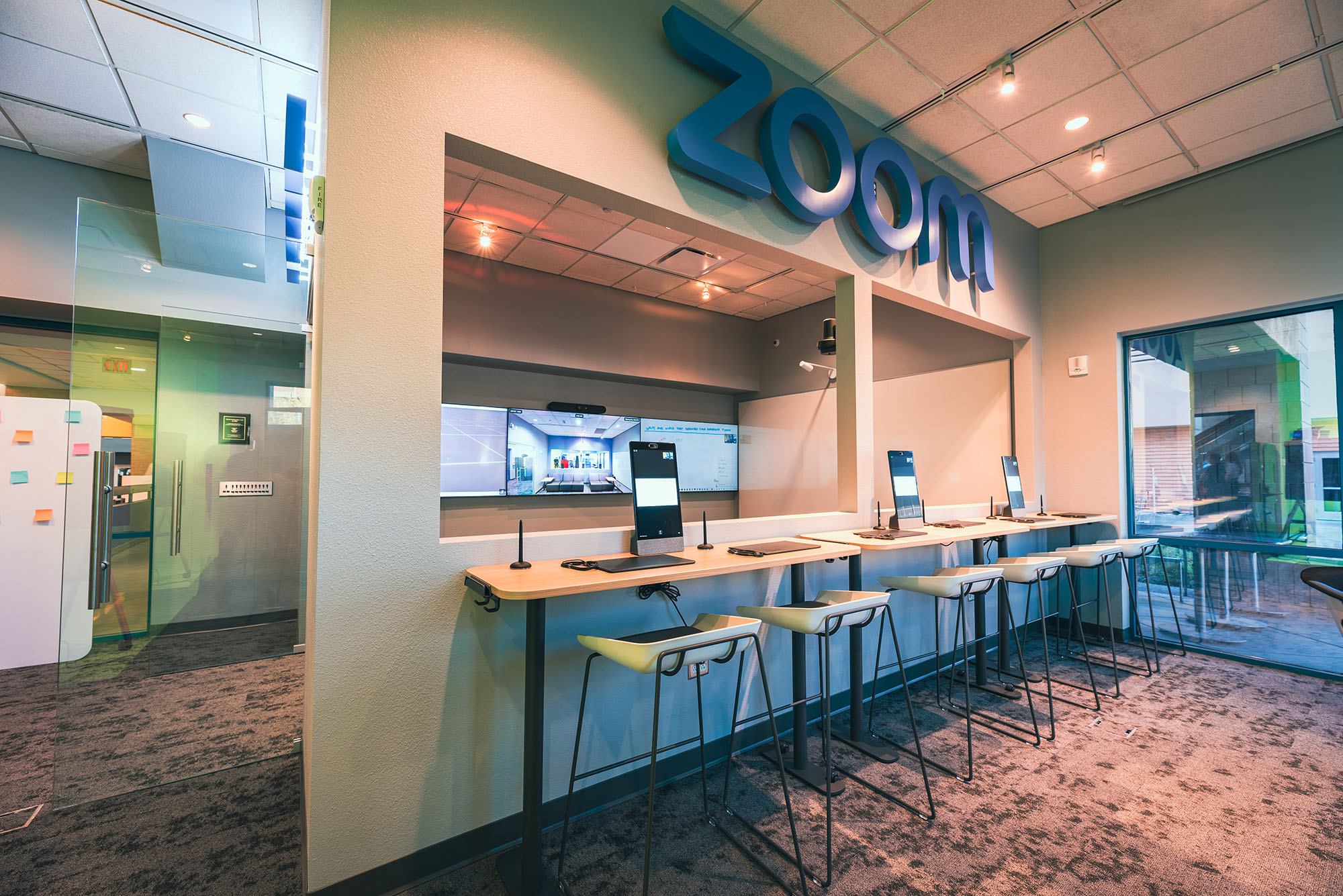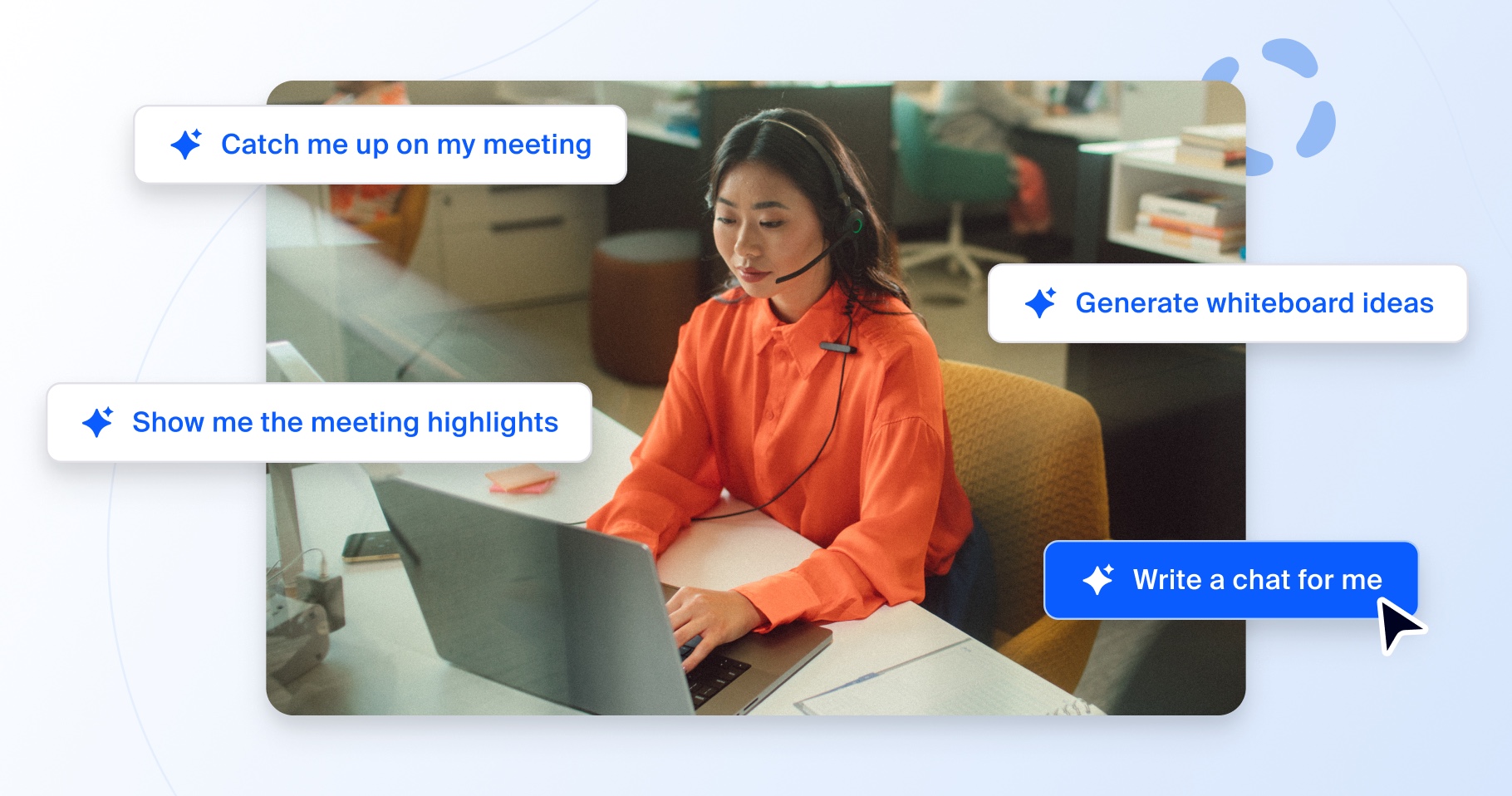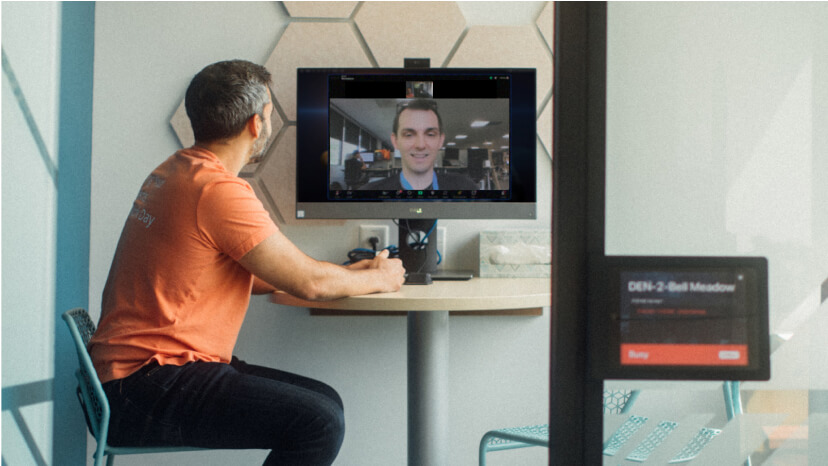Rural communities are often underserved and unable to access technology for critical services and information. Meanwhile, organizations struggle when trying to expand their reach and capacity into these rural areas. Thankfully, interactive technology like the Zoom platform can bridge this gap, and with the help of a USDA grant program, educational, governmental, and healthcare organizations can apply for funding to use Zoom solutions to support rural communities in need.
The USDA Rural Utilities Service Distance Learning and Telemedicine (RUS-DLT) grant is a unique program that covers the capital expenditures needed to facilitate live, interactive distance-learning and/or telemedicine services to USDA rural areas – or communities with fewer than 20,000 people.
It allows rural K-12 school districts, higher education organizations, tribal entities, community health centers, hospital systems, clinics, government agencies, and many other types of organizations, the opportunity to leverage technology – primarily video conferencing and collaboration technology – to promote access to these vital services and opportunities. This grant also allows the same organizations in urban and suburban areas to expand their reach and offer their resources to the benefit of rural communities. It’s our hope at Zoom that education institutions can apply for this grant and use Zoom solutions to enhance the causes that will impact the most.
